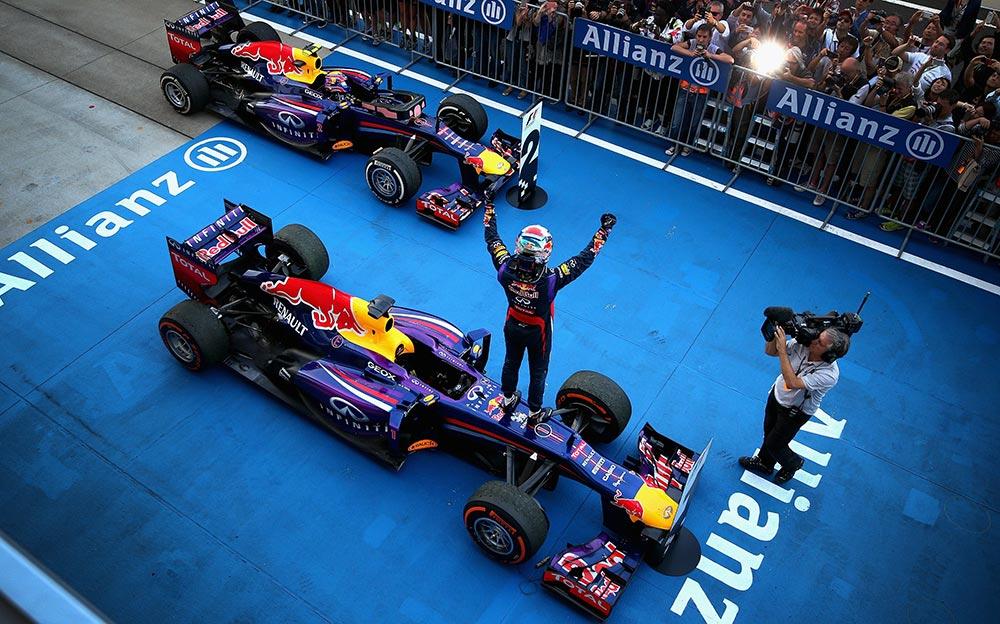If you’re a lover of cars, you must have heard of the Formula One, a well loved international auto racing, the highest level of open-wheel, open-cockpit car racing. The competition attracts hundreds of thousands of fans flocking to the track on race day and in 2018 its viewers stood at 490.2 million worldwide.
What makes it so fascinating to watch? It is a competitive sport that tests the limit of powerful machines, brilliant mechanics and skillful drivers. The design of the game and its set of governing rules, which are changed each year to make sure the game remains competitive, make it fun and refreshing to watch. The fans are passionate and understand cars.

It’s a given that any car lover will come to love this super captivating competition. If you’re new to F1, getting acquainted with the basics of the game will surely make your viewing enormously more enjoyable. This true beginner’s guide to Formula 1 will outline everything you need to know plus all the basic technical jargons that you’ll definitely encounter from commentators and fans.
Contents
A Brief History of Professional Racing
Two decades after the invention of the first car ever by Karl Benz in 1885, the world welcomed the first competitive automotive race ever – the European Grand Prix that was held once every year from 1906 to 1921. From 1921, the well loved and well watched competition was held twice a year.
Up until then, races were held on dirt roads, which was far from ideal for car racing. This was changed when in 1907 in Brooklands, the first motor track made of concrete specifically designed for competitions was born.
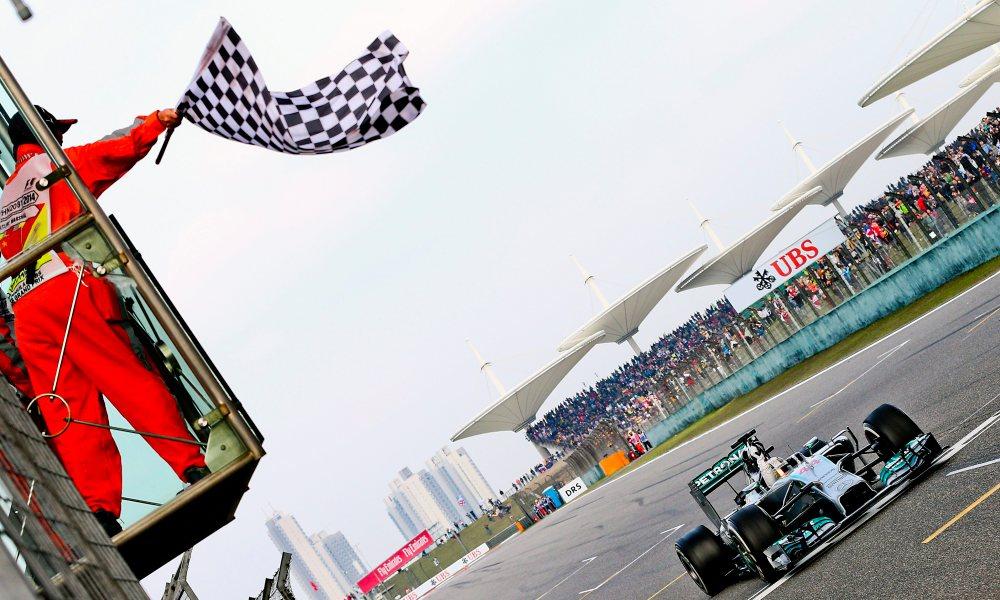
The year 1946 marked the inception of Federation Internationale de I”Automobile’s (FIA) or the International Automobile Federation, a governing body that sets standards and rules for the Grand Prix, and because of this, the competition is later on called F1, or “Formula One”.
What does “Formula 1” mean?
The FIA lays down a set of standards, rules and specifications that all participants in the race must strictly comply, thus the name ‘Formula One’ meaning one formula for all. These rules, which are revised every year, extend to specifications of car parts, the type of engine that can be used, gearboxes and pit stops.
The Teams and The Drivers
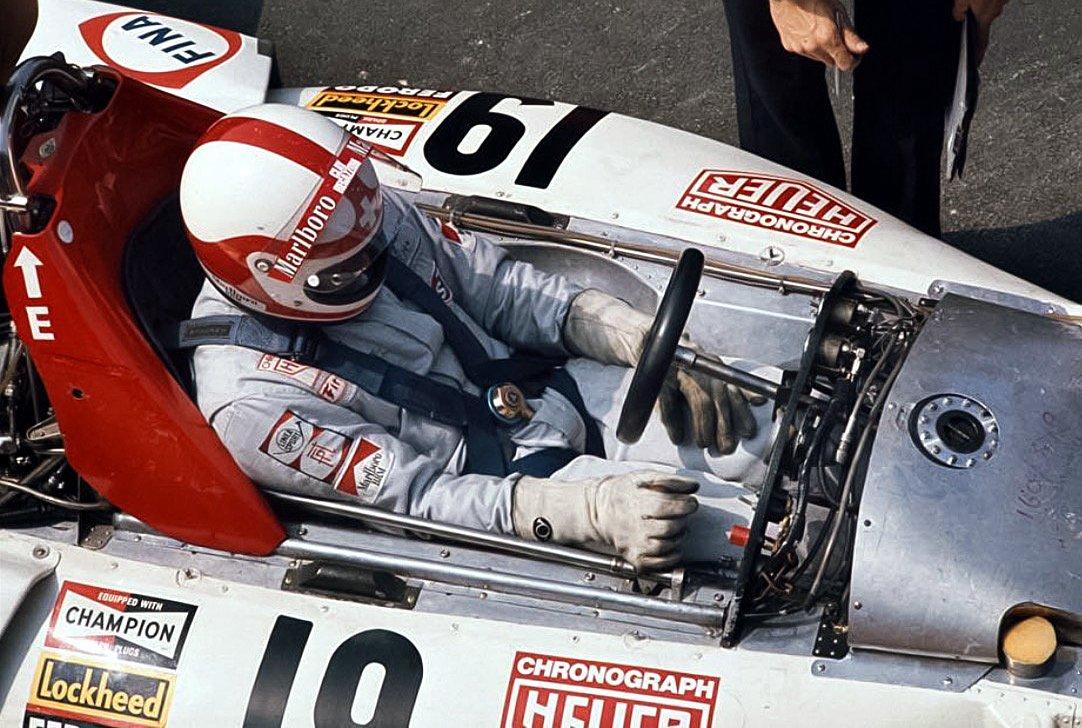
There are 12 teams, also called “constructors”, with 2 drivers per team. Not only having enormous skills behind the wheels, each carefully selected driver must have exceptional physical fitness. They follow strict dietary plans and fitness training comparable to world class professional athletes, and also look just like them.
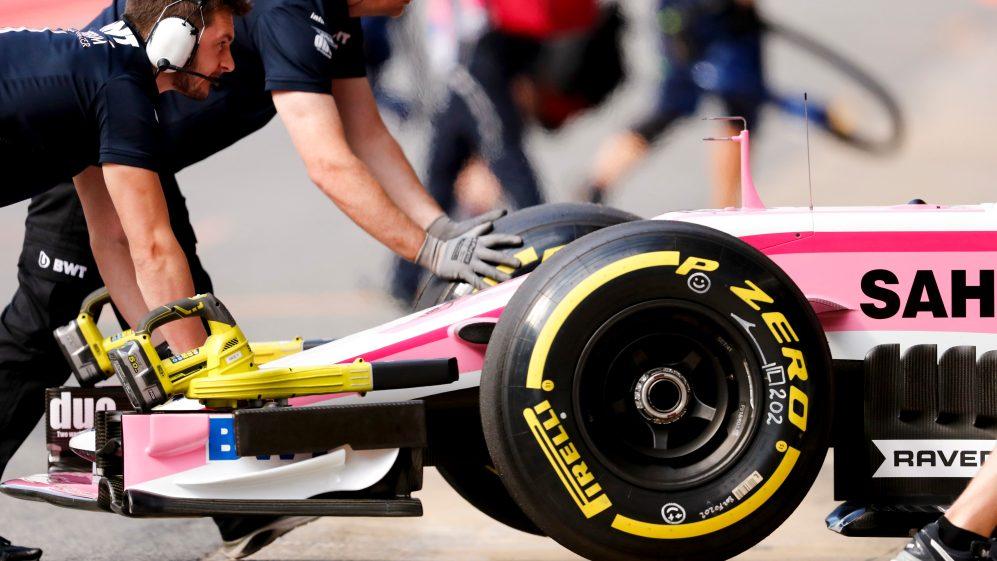
Each team consists of brilliant engineers, technicians and mechanics that design and make their own cars, following the strict technical standards and rules that significantly limit what can be done and what not.
Qualifying Rounds
F1 qualifying round starts on a Saturday with three sessions. The first one, known as Q1, lasts for 20 minutes, during which all 24 drivers can take as many laps as their speed allows.
The seven slowest cars are eliminated from entering the next session, taking the bottom grid positions (18th to 24th).
After a short break, the next session or Q2 begins. Similar to Q1, Q2 lasts 15 minutes, the 7 slowest cars are eliminated from the 17 drivers and their grid positions (from 11th to 17th) are decided based on their times.
The 10 remaining drivers then take part in Q3, the last session which lasts 10 minutes to decide the top 10 grid positions.
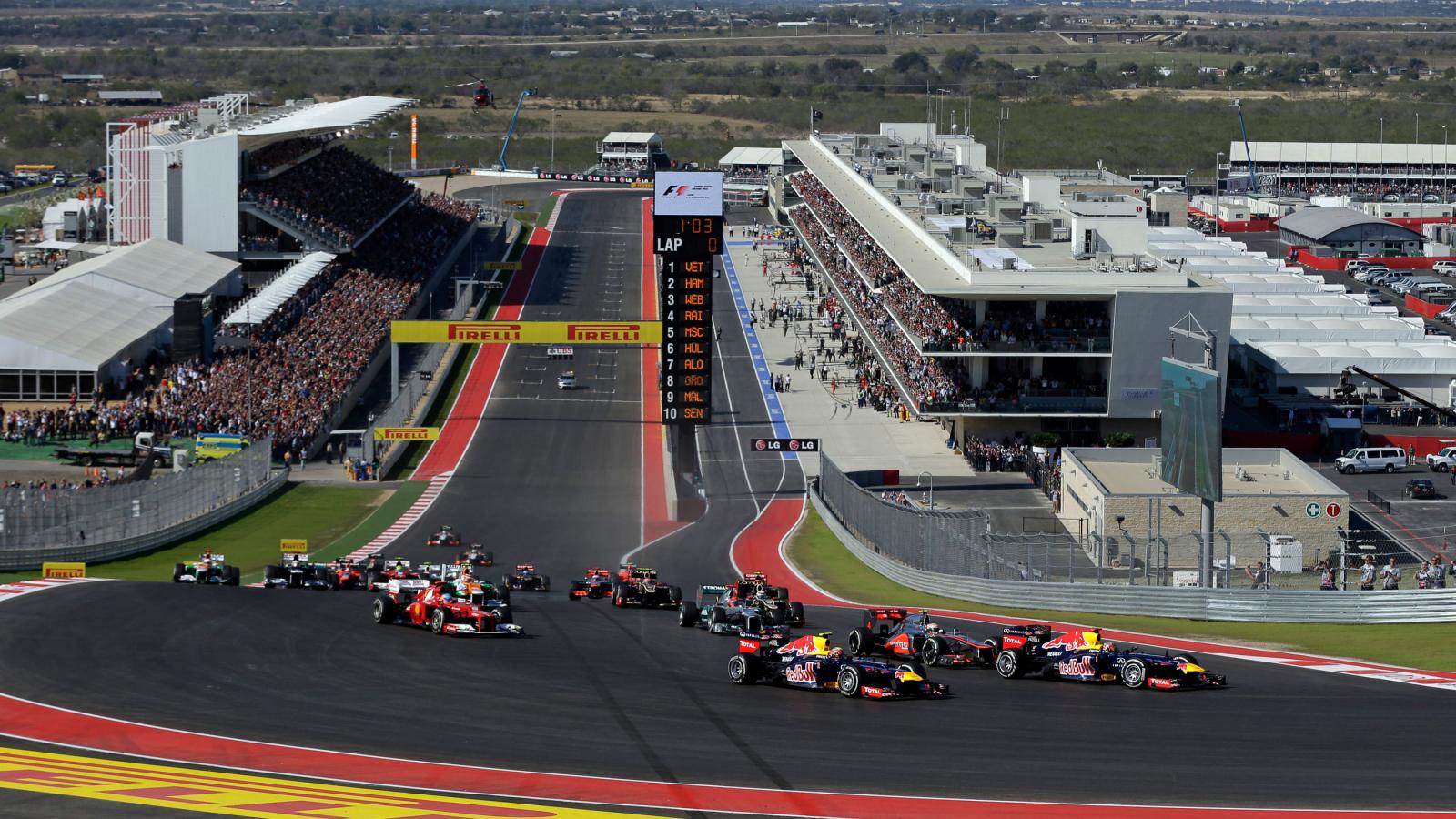
The Race
The long awaited race takes place on Sunday, with all cars stationed on their designated grid positions. The cars are fuelled to cover the entire distance of 305 kilometers or 190 miles long on a circuit race track, as refuelling mid-race is banned by the FIA.
Communicative Flags
During the race, flags are used to communicate with drivers. The most commonly used are yellow, green and blue flags.
No undertaking is allowed when a yellow flag is waved. A single waving tells a driver to slow down, and a double waving means a driver must prepare to stop if necessary. A yellow flag only applies to the specific section of the track where it is waved but not the remaining parts of the circuit.
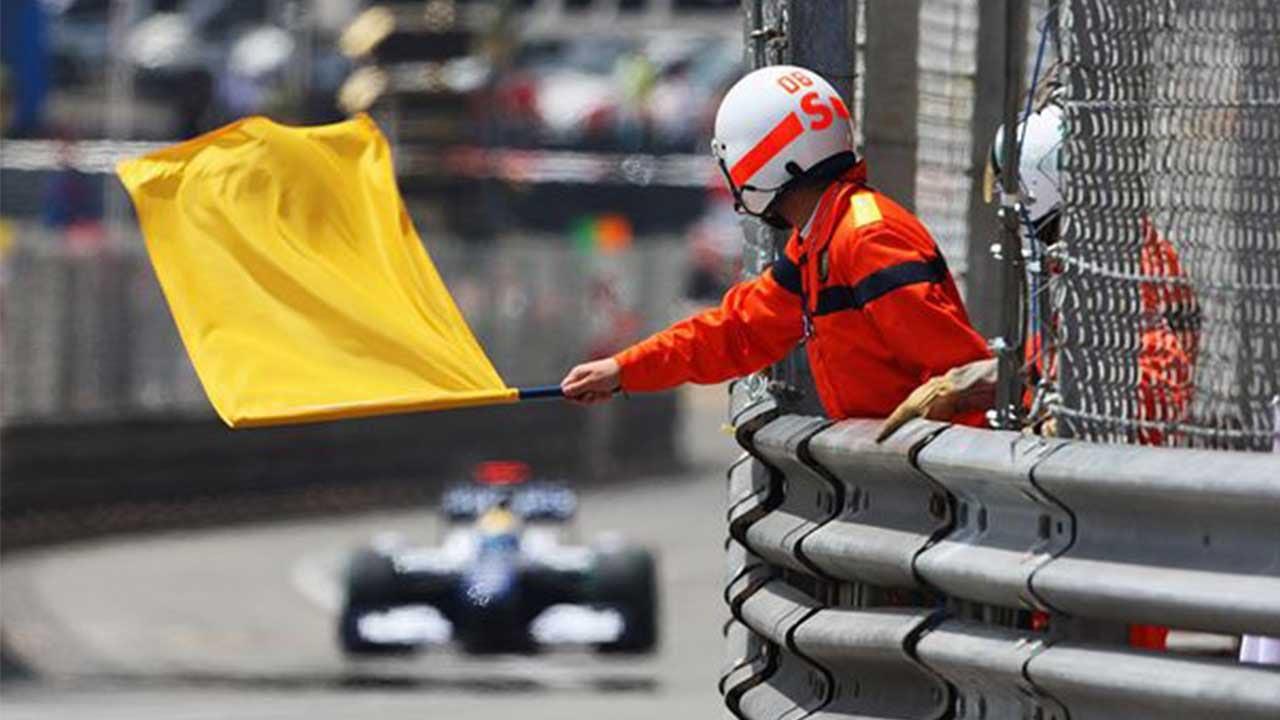
After a yellow flag is waved, a green flag will follow to indicate that full-speed racing can continue.
A blue flag tells a driver in front to let a faster car behind safely pass.
The Pit Stop
The pit stop is in a way a highlight of the race, despite how insignificant it may seem to new viewers. Words cannot describe how fascinating this is. Only one viewing and you’ll be left jaw-dropped. So many actions are completed in literally a blink of an eye.
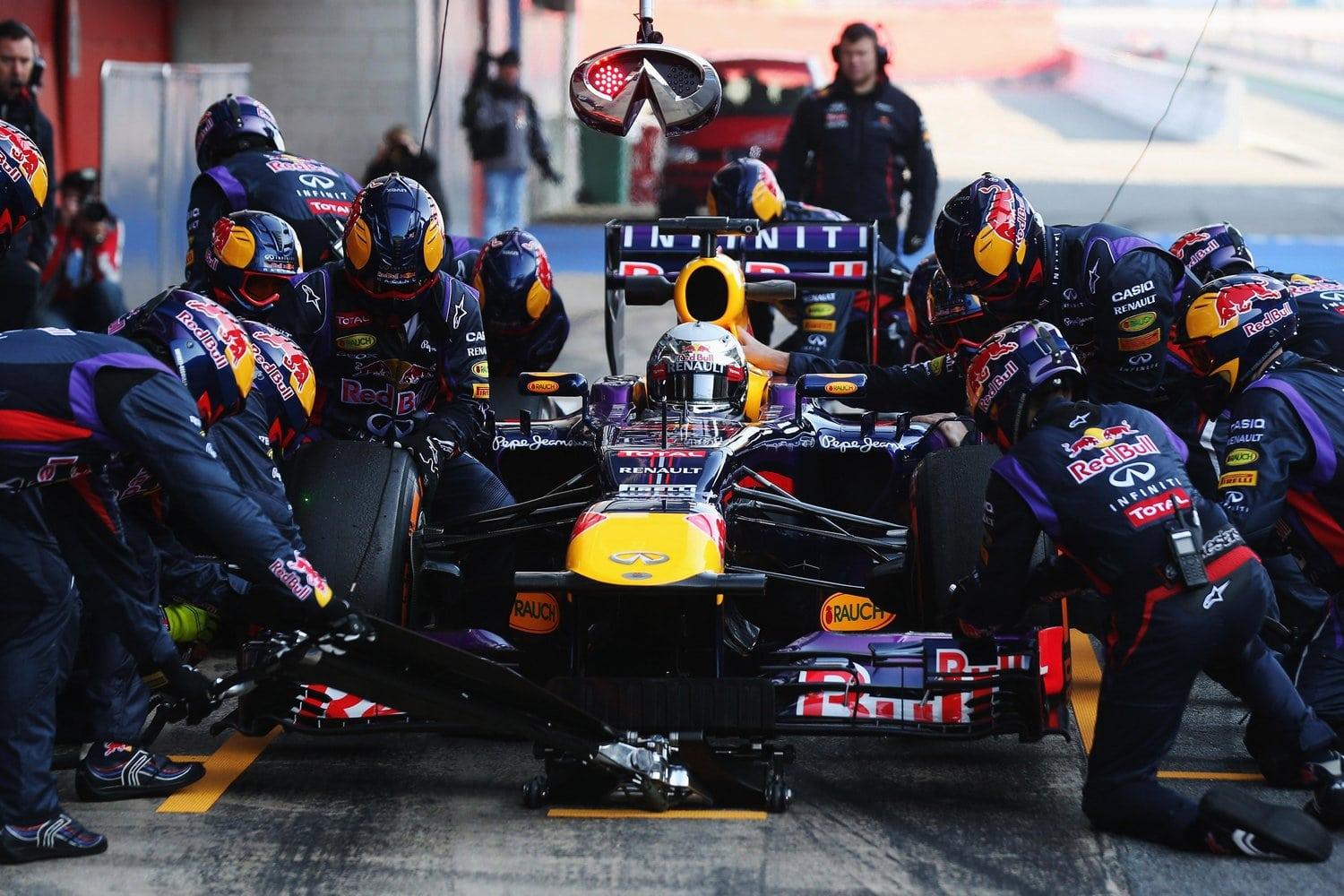
Cars are stationary at the pit stop for about 3 seconds for tyres to be changed and any problems fixed by a capable team of mechanics and technicians, all with superhuman speed. Many teams in history have achieved impressive figures as low as 2.4 seconds.
The Cars (those beasts!)
So much thoughts and skills by brilliant minds go into the design and making of F1 cars, fantastic beasts with unreal speed that can go beyond 240 miles per hour. A ton of money too, for their expensive materials.
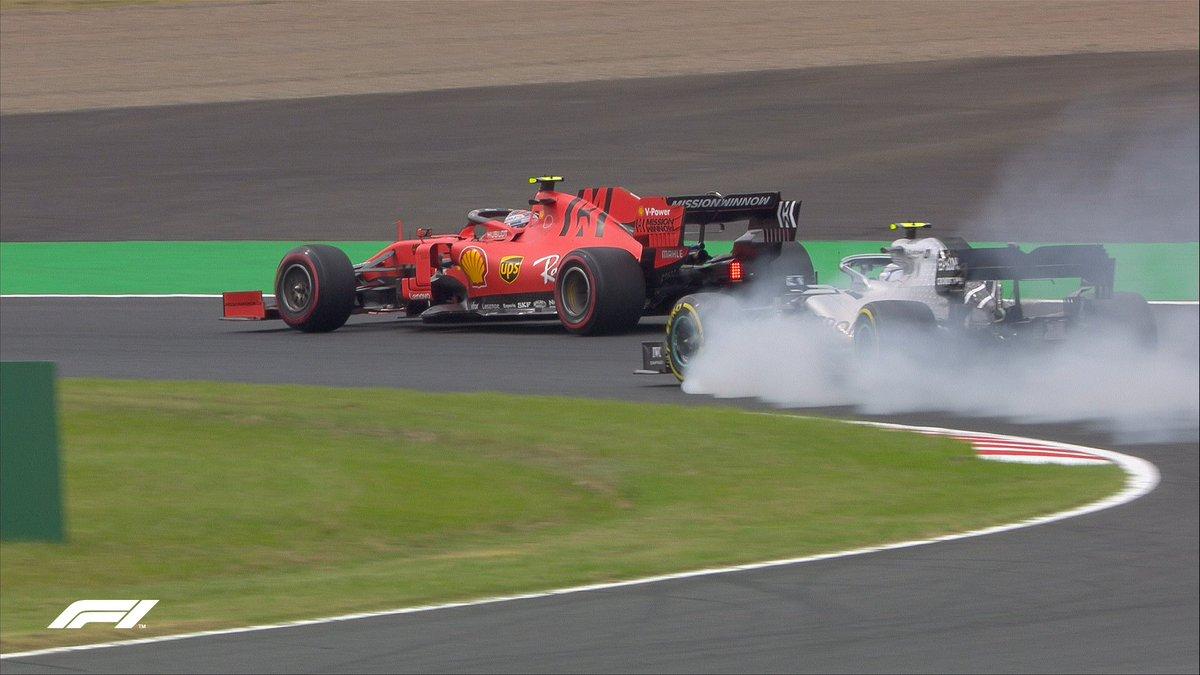
The Tyres
All teams must use only a limited supply of tyres made by Pirelli. They are relatively soft to provide more grip on the track and to ensure a very short lifespan, which adds to more interesting racing.
There are four types of tyres: red are supersoft, yellow are soft, white are medium and silver are hard. The harder the tyres, the longer they will last, which means they need to be replaced less frequently. Meanwhile the softer the tyre the more grip on the road.
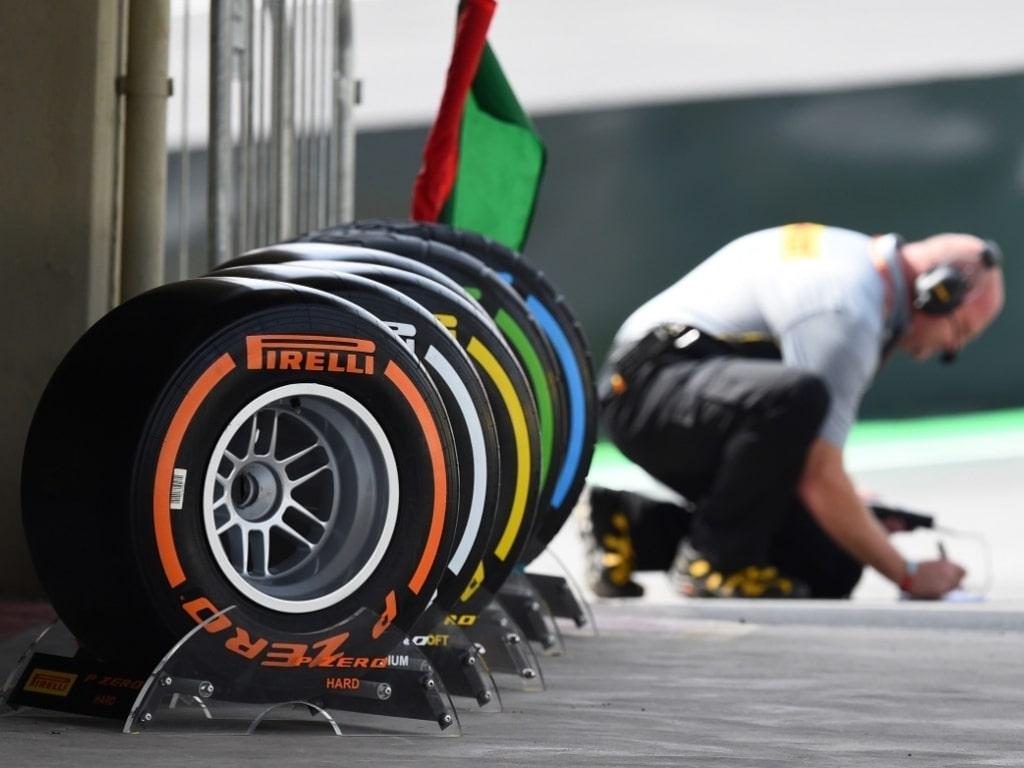
The Engine
The engine is among the most important and expensive parts of an F1 car. The average price can reach some $10 million for one engine. They are built to achieve the greatest speed possible on track.
The engines used are supplied by Ferrari, Mercedes, Renault and Cosworth, and are 2.4-litre V8 engines, producing around 750 horsepower.
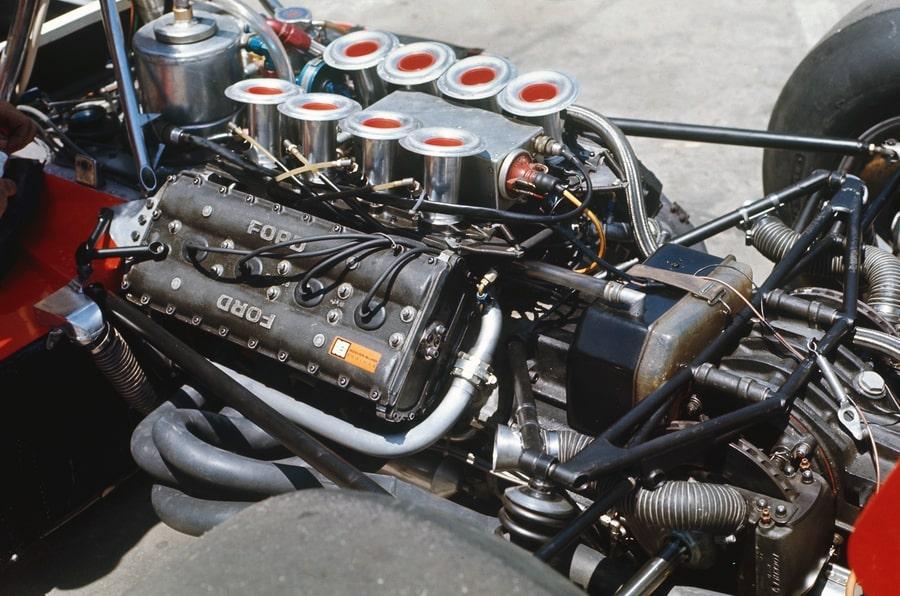
The Gearbox
The seven-speed sequential gearboxes are typically supplied by the engine suppliers. A gear change happens at lightning speed.
Important Jargons You Must Know
KERS – Kinetic Energy Recovery System
This is also a feature that provides for more interesting and competitive racing. This system stores the energy generated when a car brakes so this energy can later be used in the straights of the track to help drivers accelerate and recover speed. Each team decides where it can be used strategically before the race.
DRS – Drag Reduction System
DRS was introduced in 2011 to allow the car behind to open up the rear wing to reduce drag and overtake the car in front. This was also an effort by FIA to maintain fairness, competitiveness and more fascinating racing to watch: the aerodynamics of the race cause disturbance in the air which makes the car behind unable to overtake the car in front.
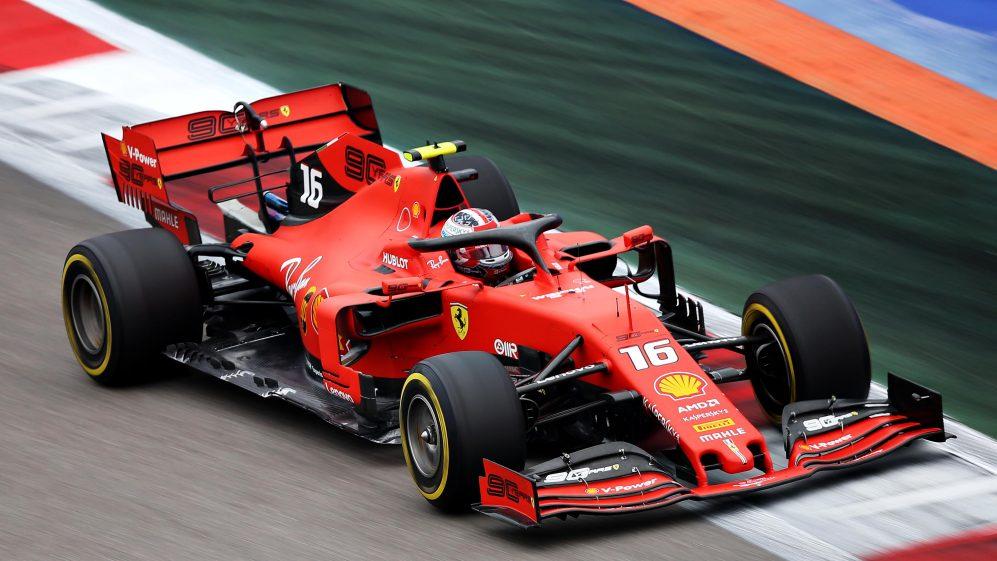
With the rapid advent of technology in the automotive industry, racing cars are becoming increasingly complex and powerful. This might erode the competitive edge of skillful drivers, however we can expect that the active regulating by the FIA will balance great machines with great driving, providing us a spectacular sport to watch.

